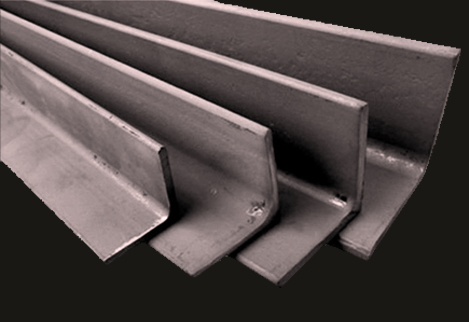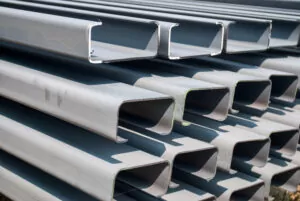Because of their geometric form, which promotes strength while conserving material usage, hollow sections greatly improve structural efficiency. Because of their superior resistance to bending, torsion, and buckling, closed profiles are perfect for a wide range of engineering and construction applications. Assembly operations are eased because of their homogeneity, which makes it simple to connect and integrate into frames. Furthermore, hollow pieces provide design versatility because they can be made in a range of sizes and materials. These sections' lightweight design lowers the overall weight of structures, which lowers the cost of foundations and supports and, in turn, promotes more economical and environmentally friendly building techniques.
Comprehending Structural Steel Elements
Different structural components are used in the engineering and building sectors to guarantee efficiency, strength, and stability. A few of these materials that are crucial to maintaining the structural integrity of buildings and structures are angle bars, flat bars, slotted angle bars, H beam sizes, and hollow sections and hollow section sizes.

Angle Bars' Function
Angle bars are L-shaped steel sections that are frequently used in building. Because of their special form, which offers superior strength and stability, they work well for frames, brackets, and structural supports. Engineers and architects may choose the right specs for their projects by choosing from a variety of diameters and thicknesses of angle bars. Because of its adaptability, angle bars can be utilized in a variety of settings, including large-scale industrial facilities and residential buildings.

Flat Bars' Advantages
With a rectangular cross-section, flat bars are yet another crucial building element. Applications including braces, supports, and reinforcements are popular uses for these bars. Custom designs and changes are made possible by their flat surface, which facilitates easy welding and manufacturing. Steel and aluminum are two common materials for flat bars, which are strong and durable for a variety of uses. Their dependability as a material for structural components comes from their capacity to bear large loads and resist deformation.
The Slotted Angle Bars' Use
A variation on normal angle bars are called slotted angle bar, and they have pre-drilled holes that enable customizable couplings. Their distinctive shape creates them easy to assemble and allows for fast changes, which makes them perfect for do-it-yourself projects and modular buildings. Due to its adaptability and user-friendliness, slotted angle bars are often utilized in frames, workstations, and shelving systems. Their versatility in various configurations renders them advantageous for use in both residential and business settings.
Selecting the Proper H Beam Sizes
When building structures that need to be able to support a large amount of weight, H beam sizes are crucial. The exceptional strength-to-weight ratios of H beams are attributed to its I-shaped cross-section. Considerations like load requirements, span length, and structural design are necessary when choosing H beam sizes. For heavier loads and longer spans, larger H beams are usually utilized, however lesser sizes could work just fine for lighter applications. A structural engineer's advice can assist guarantee that the proper H beam size is selected for the demands of a given project.
Benefits of Hollow Sections
Because of their robustness and visual attractiveness, hollow parts are becoming more and more common in contemporary building. These sections, which come in square or rectangular shapes, provide better bending and torsion resistance than solid sections. Hollow parts are perfect for architectural applications because of their sleek, clean appearance due to their closed shape.
Recognizing Hollow Section Lengths
It is crucial to take the intended application and load requirements into account when choosing hollow section sizes. Selecting the appropriate dimensions is essential for maintaining structural integrity because the hollow section's size influences its overall strength and performance. The adaptability of hollow pieces in design and construction is facilitated by their ease of connection via bolting, welding, or other methods.
No comments:
Post a Comment